Smart Landing Pad

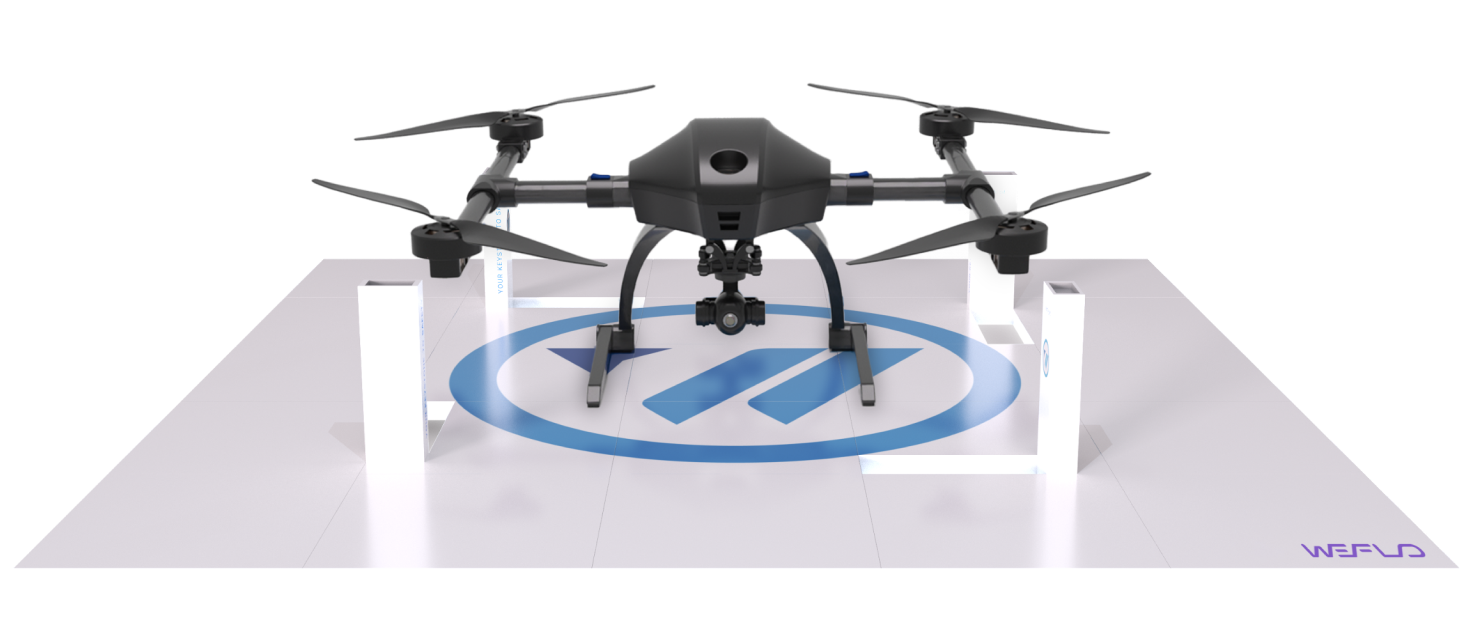
Ensuring drone safety before takeoff is not an option, but a must.
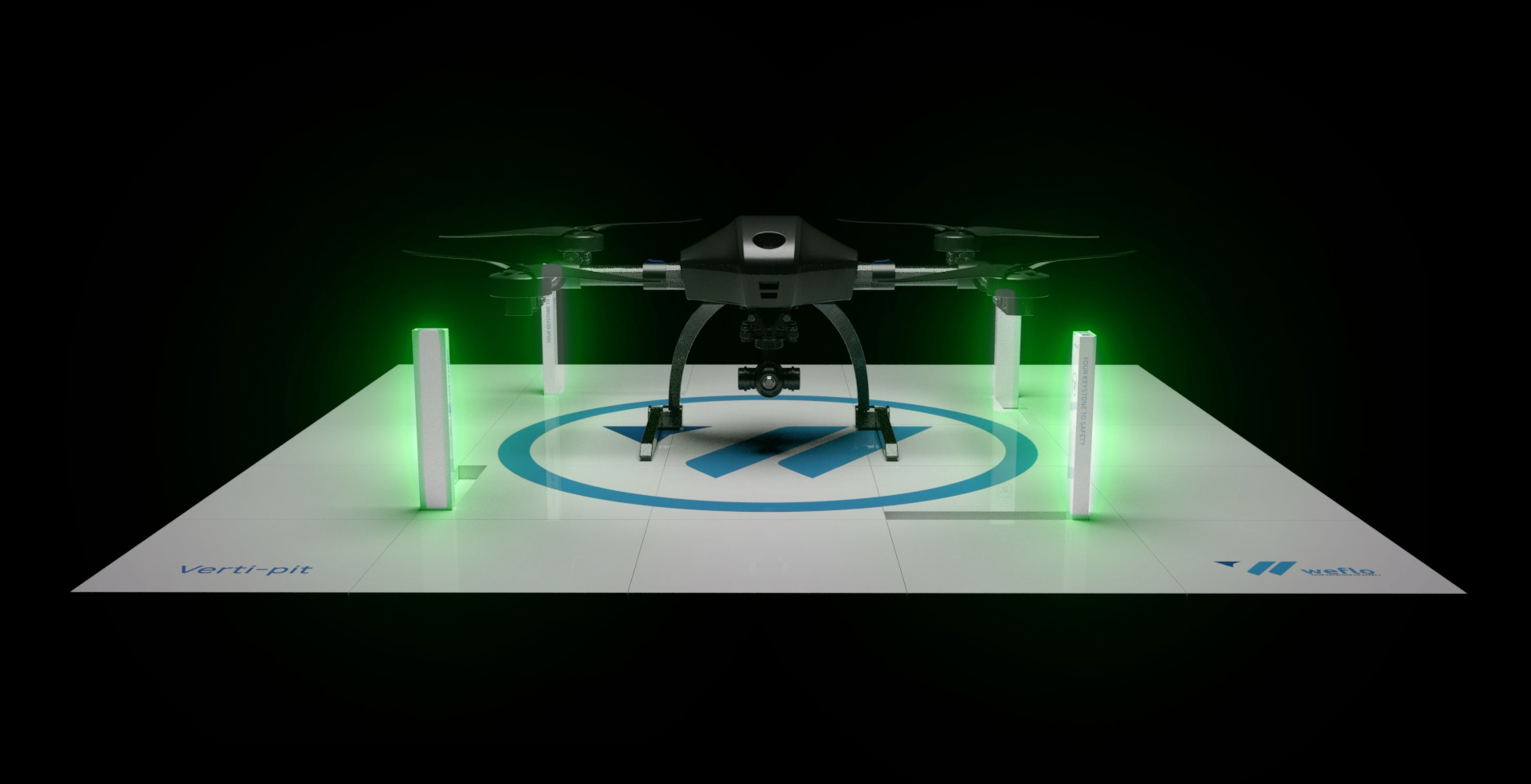

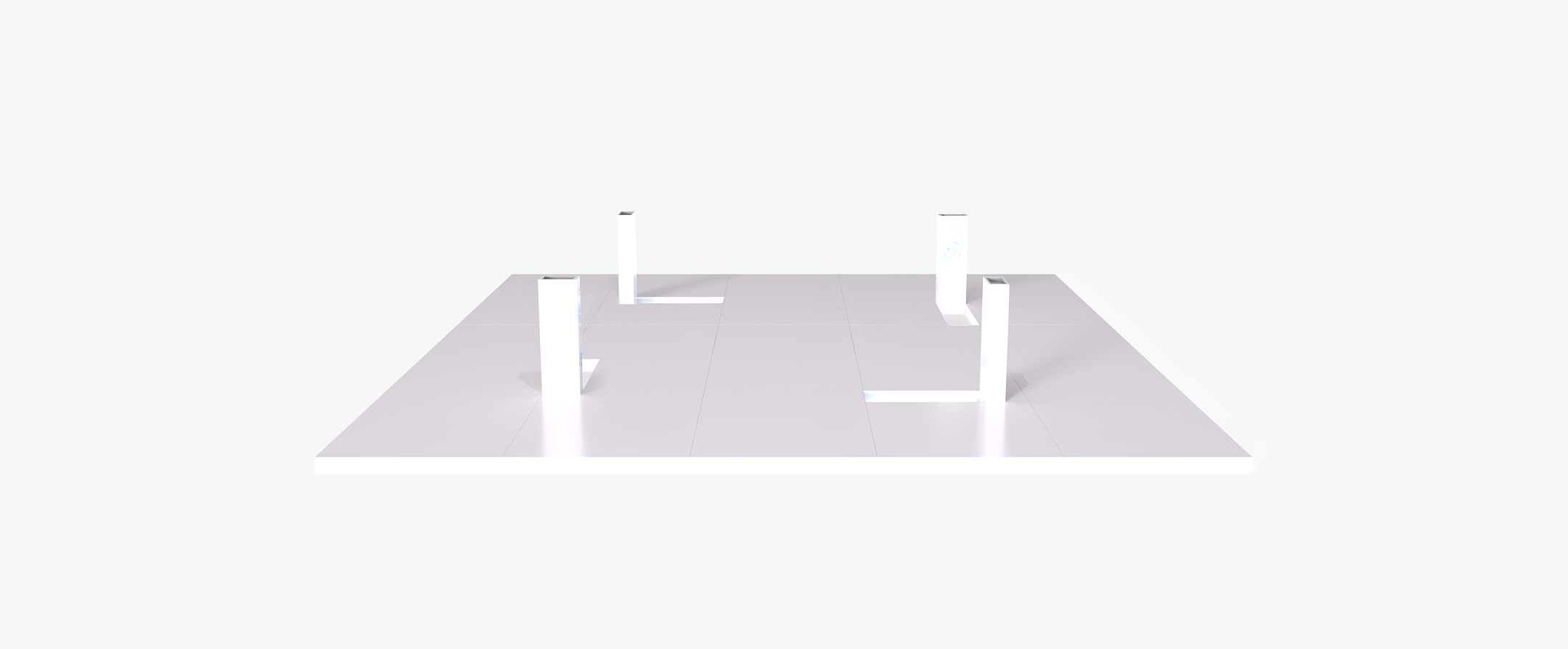
Non-contact aircraft defect diagnosis
Acquisition of key component data such as motor, blade, control unit, and body within seconds without disassembling or connecting the drone
Robust infrastructure integration structure
Integrated and installed at fixed operational bases, ensuring stable performance for repetitive and large-scale inspections
Expandable modular type
System expandable by adding modules according to aircraft size and diagnostic requirements
Customized sensor placement
Adjusting the position of built-in sensors to match the height and width of the aircraft
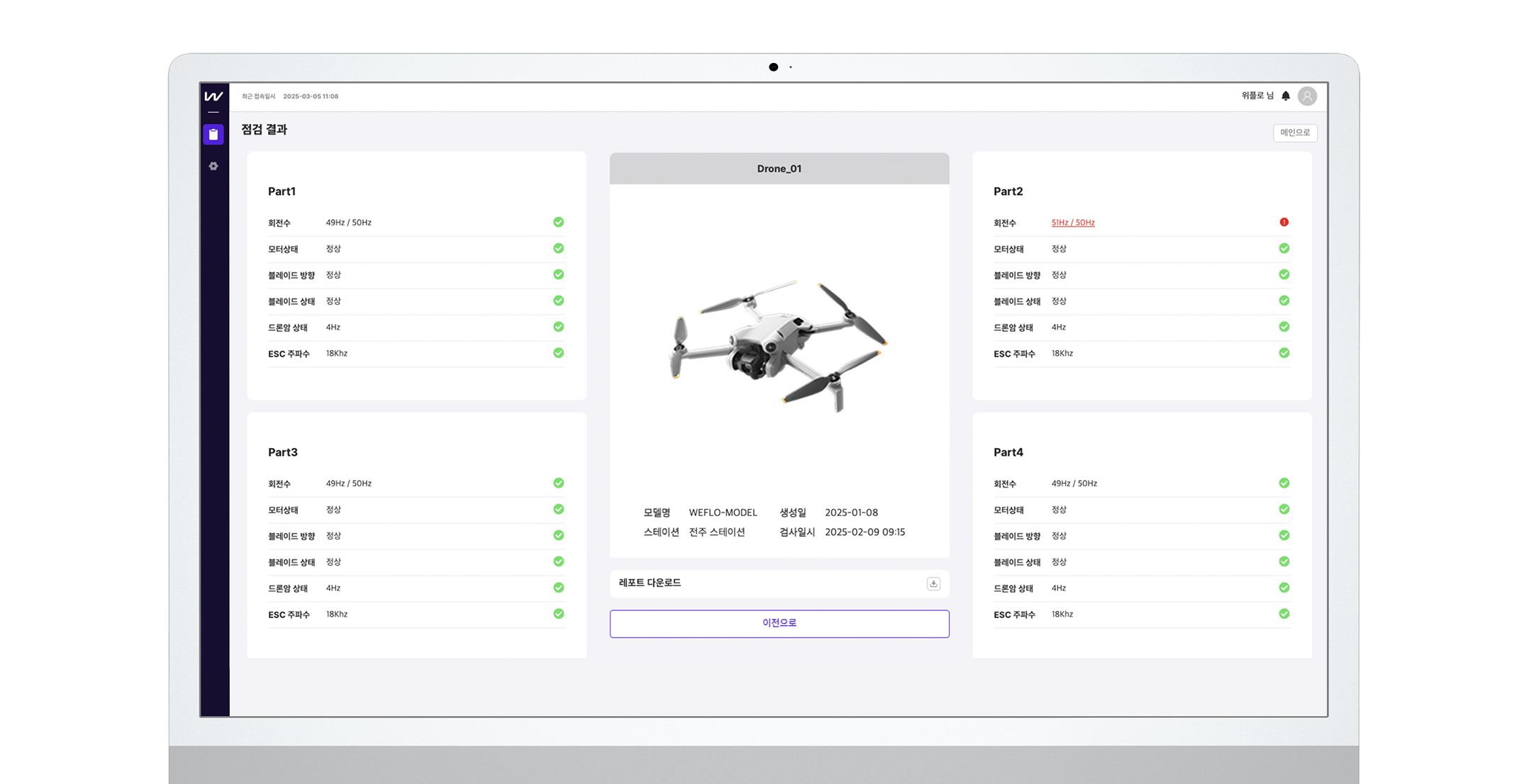
Real-time fault diagnosis
Analysis of inspection data obtained through sensors and fault diagnosis
Aircraft aging diagnosis
Predicting maintenance timing by analyzing part wear and aging based on inspection history
Automatic application of standard inspection items
Automation of inspection lists according to institutional/corporate requirements → Prevention of missed inspections
Providing operational insights
Presenting improvement points for abnormal patterns and operational efficiency based on accumulated data
How to use
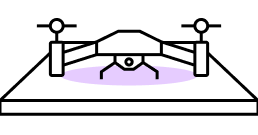
Fix drone position
Position the drone accurately on the pad before takeoff and after landing

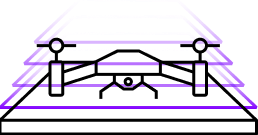
Automatic data acquisition
Acquire data through onboard sensors during arming status


AI data analysis
Determine abnormalities through fault diagnosis algorithms


Predictive maintenance
Predict maintenance timing through analyzed data
Customer value
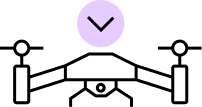
Accident prevention through automatic detection of defects before takeoff
- Automatic inspection of 9 items including motor rotation speed, direction, and balancing
- Pre-emptive blocking of potential risks before takeoff → Reduction in accident rate
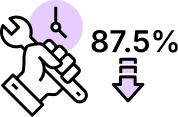
87.5% reduction in inspection time, improved operational efficiency
- Manual 8 minutes → Automated 1 minute
- Same quality inspection without skilled personnel → Reduced labor burden

Quantified takeoff judgment and automatic recording
- Numerical-based inspection → Provides clear criteria for historical records
- Automatic saving and analysis of inspection results → Enables history management and analysis for each aircraft
Use case
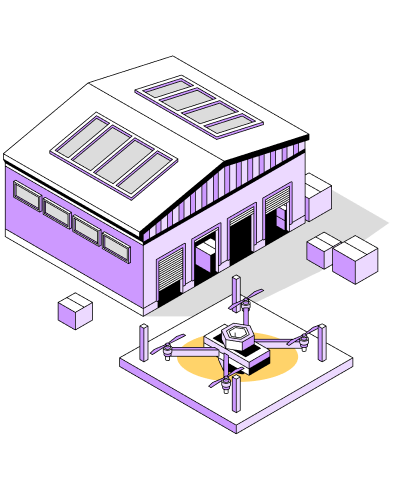
Civilian drone operation sites
Pre-inspection of logistics drones, reconnaissance drones, industrial drones, etc.
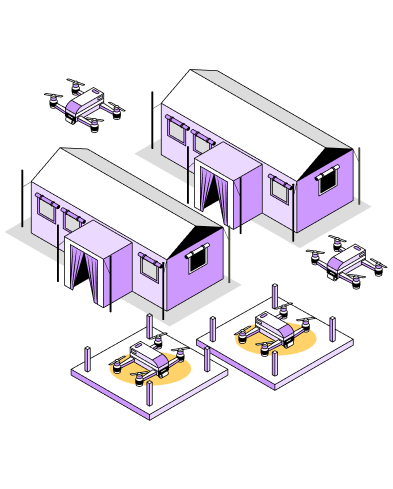
Public/Defense operation facilities
Check the aircraft status before mission deployment

Drone educational institutions and certification centers
Automation of takeoff safety verification process
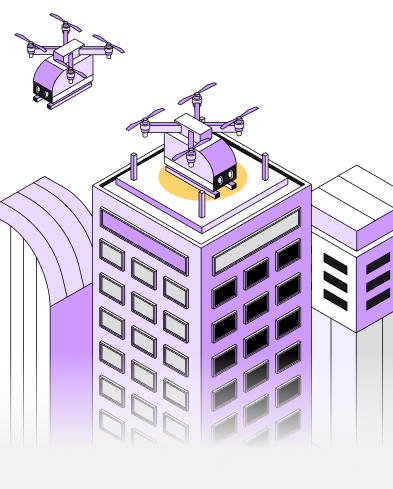
Urban Air Mobility (UAM) based infrastructure
Utilized as an automatic inspection system at takeoff/landing points
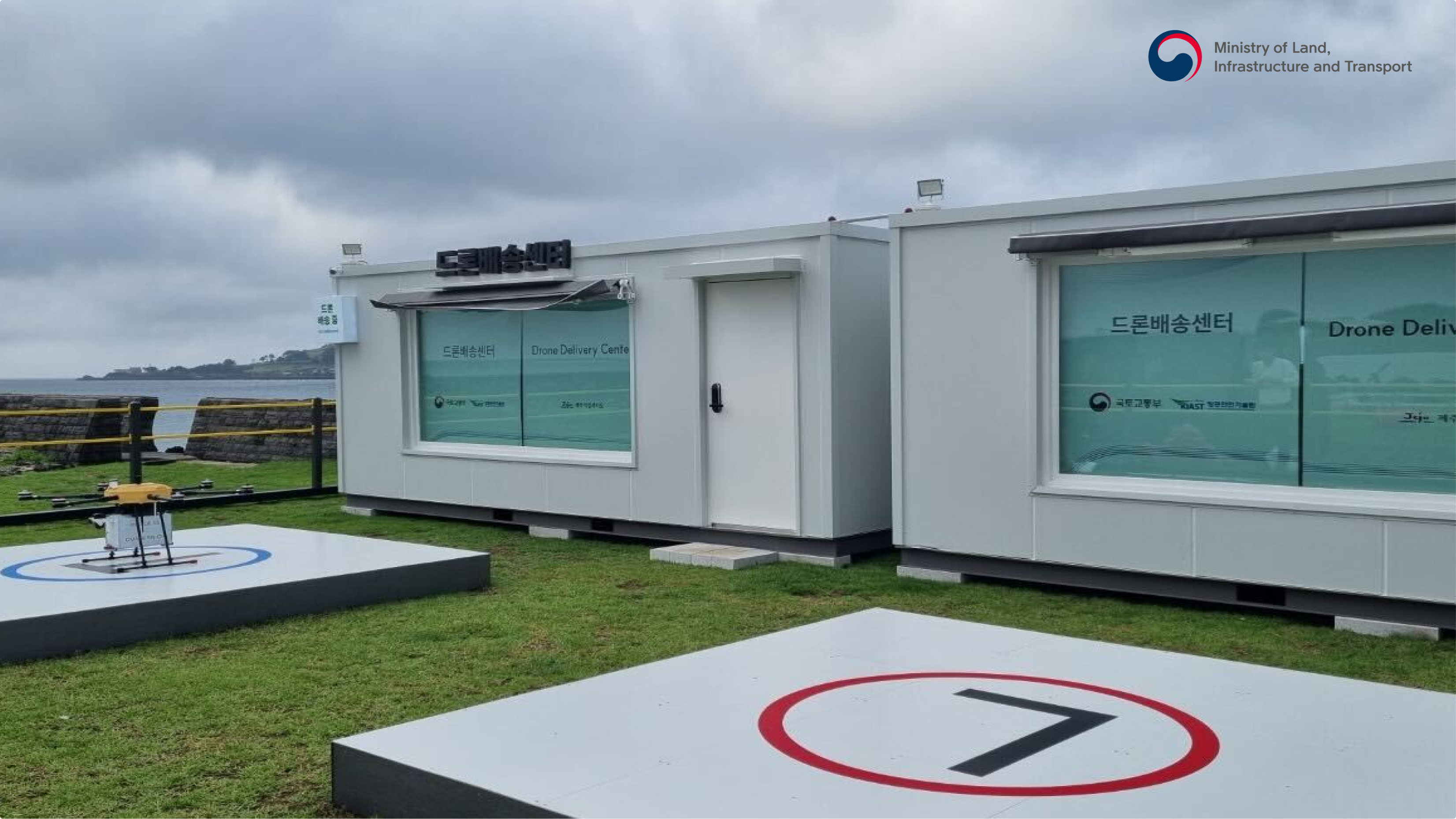
SPEC
Size
3000x3000x150 (mm)
Custom configuration available by aircraft specifications and type
Min 1.8m ~ Max 15m
| Inspection Items | |
|---|---|
Item 1 | Motor RPM |
Item 2 | Motor coilopen/short |
Item 3 | Blade installation direction |
Item 4 | Blade balance |
Item 5 | Arm structural fatigue |
Item 6 | ESC operation frequency |
Item 7 | Drive unit response time |
Item 8 | Drive unit balance |
Item 9 | Aircraft vibration frequency |
Item 10 | Exterior (crack, scratch, structure, etc.) |
Item 11 | Thermal status |
Item 12 | Battery charge status |
Item 13 | Magnetic sensor auto calibration |
Item 14 | FCC electronic status |
Item 15 | Onboard sensors status |
To be customized by customers' needs
